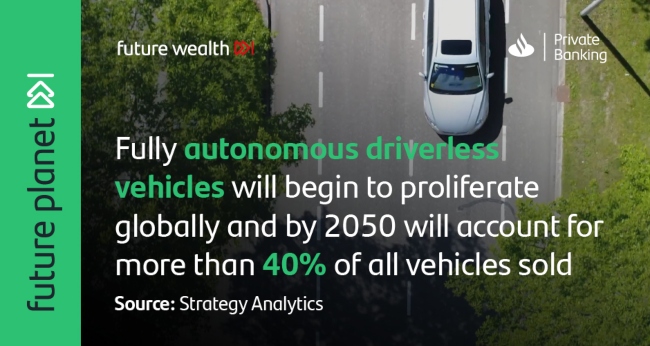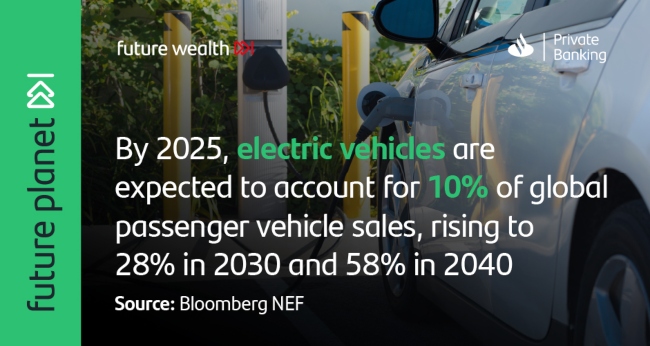How will we get around in the cities of the future?
As urbanization increases, cities must undergo drastic transformations to create sustainable living conditions. Those transformations will focus on three themes: energy efficiency, sustainability and mobility. The future of transport will be vital in this new reality. Are we ready?
According to the UN, there will be an additional 2.5 billion people living in cities by 2050. This requires cities to change in order to create more sustainable living conditions; otherwise, it will be very difficult to accommodate population and economic growth without increasing congestion and pollution. Transport of the future will be one of the main drivers of change in cities, involving not only evolution towards new, efficient energy sources, but also changing the modes of mobility and the physical and technological infrastructure that underpin these transport innovations.
“Three common themes in transportation innovation are:
mobility-as-a-service, electrification and autonomy”
The future of transport lies in seamless mobility, where all modes of transport are fully interconnected in a single integrated network of means of transportation, with public transit at its core. The future is happening right now. We can see it in shared mobility, where people borrow cars or bicycles rather than buying them. This paradigm shift away from ownership toward multimodality and interconnectedness capitalizes on the flexibility of shared modes and the productivity of mass transit to provide passengers with more choices than ever before on how to get around.
Autonomous vehicles (AV) are also a part of the future, but they won't displace mass transit. As autonomous vehicles enter the mainstream, the software in the car will become the most important factor driving consumer purchasing behaviour and brand identity.
Analysts project exponential growth in electric car sales due to declining battery costs, greater autonomy and the impact of environmental regulations.

The rise of electric vehicles (EV), autonomous vehicles and Mobility-as-a-Service (MaaS) is transforming the mobility landscape. As a result, the scale of the investment opportunity has increased significantly, with a $7 trillion potential global market for mobility and related services, according to a report by Goldman Sachs.**

The Future of Transport theme analyses the opportunities that this transformation will bring to many industries and the companies that are driving innovation and gaining market share, radically altering market shares and user habits.
**Goldman Sachs - The Future of Mobility, June 2019




